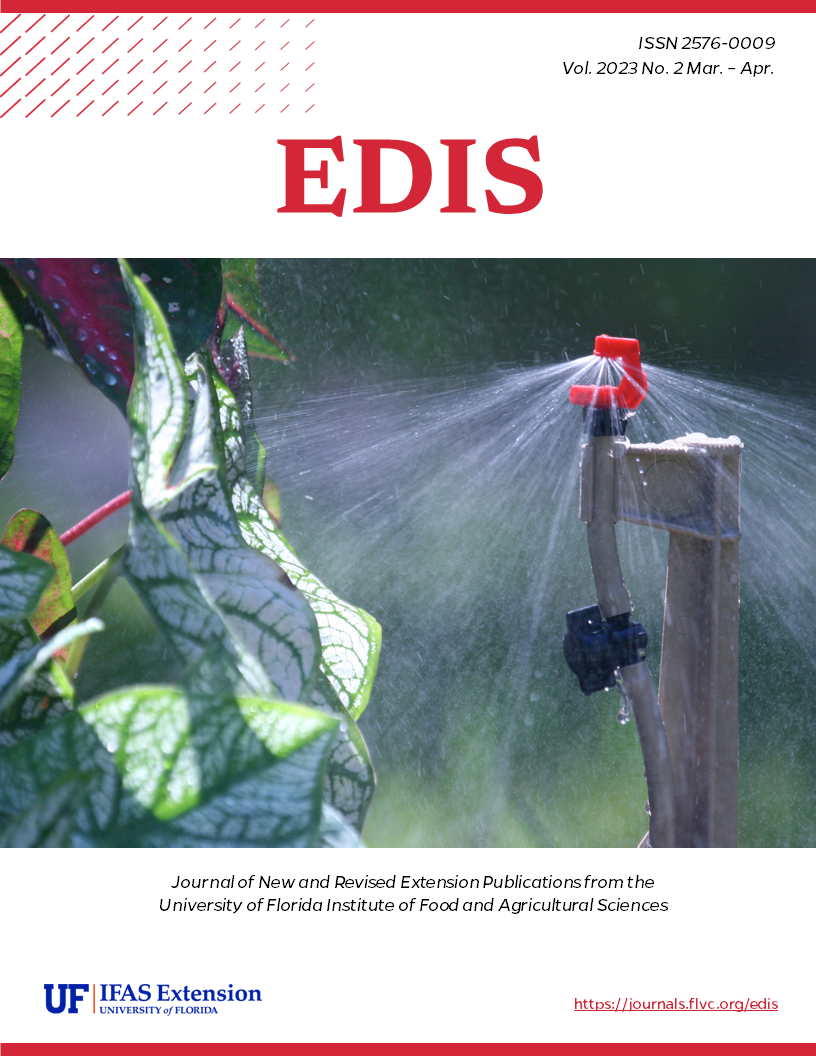Abstract
The goal of this study was to develop a rapid assessment of microalgal concentration using a turbidity meter to serve commercial shellfish hatcheries for feeding shellfish larvae and broodstock. We used four commonly used algal species, Tetraselmis suecica, Isochrysis galbana, Chaetoceros calcitrans, and Chaetoceros gracilis, generating serial dilutions of each and measuring cell concentrations and turbidity of each sample. We identified linear correlations between cell concentration and turbidity and established standard equations between cell concentration and turbidity for each species. We sampled and quantified algae from a shellfish hatchery using these equations and compared hemocytometer counts. No differences were found (P ≥ 0.174), indicating the accuracy of the equations. We expect that this method can provide a quick, accurate, easy method for shellfish hatcheries to quantify algal concentration and avoid either over- or underfeeding larvae and broodstock.
References
Butterwick, C., S. I. Heaney, and J. F. Talling. 1982. "A Comparison of Eight Methods for Estimating the Biomass and Growth of Planktonic Algae." British Phycological Journal. 17:69–79. https://doi.org/10.1080/00071618200650091
Creswell, L., 2010. "Phytoplankton Culture for Aquaculture Feed." Southern Regional Aquaculture Center, SRAC Publication No. 5004.
Davis, H. C., R. R. L. Guillard. 1958. "Relative Value of Ten Genera of Micro-organisms as Food for Oyster and Clam Larvae." Fishery Bulletin 136, Fishery Bulletin of the Fish and Wildlife Service. 58:293–304.
Guillard, R. 1975. "Culture of Phytoplankton for Feeding Marine Invertebrates" in Culture of Marine Invertebrate Animals: Proceedings — 1st Conference on Culture of Marine Invertebrate Animals Greenport, edited by W. L. Smith and M. H. Chanley. Springer US, Boston, MA, pp. 29–60. https://doi.org/10.1007/978-1-4615-8714-9_3
Helm, M. M., and N. Bourne. 2004. "Hatchery Culture of Bivalves: A Practical Manual" inFAO Fisheries Technical Paper. No. 471, edited by A. Lovatelli. Rome, FAO, pp. 177.

